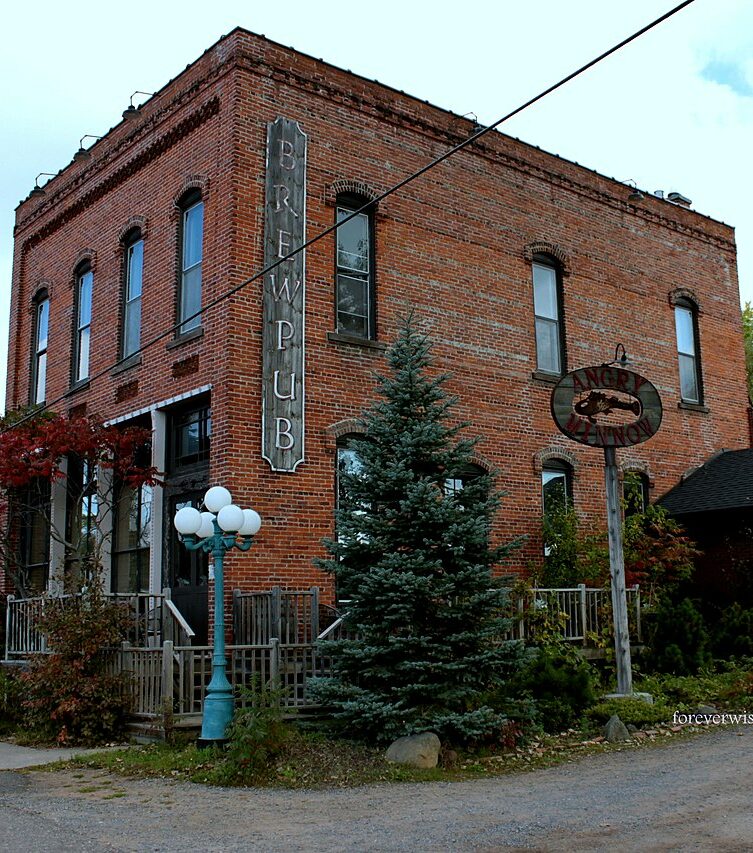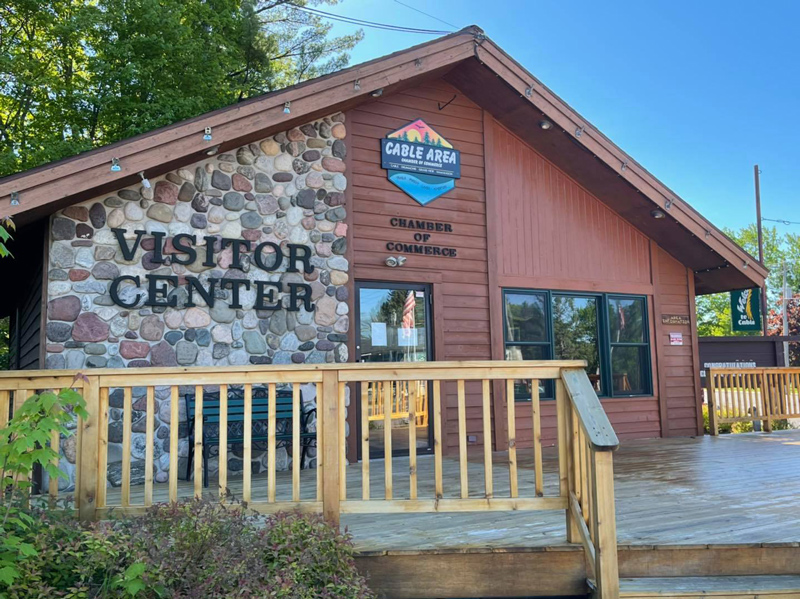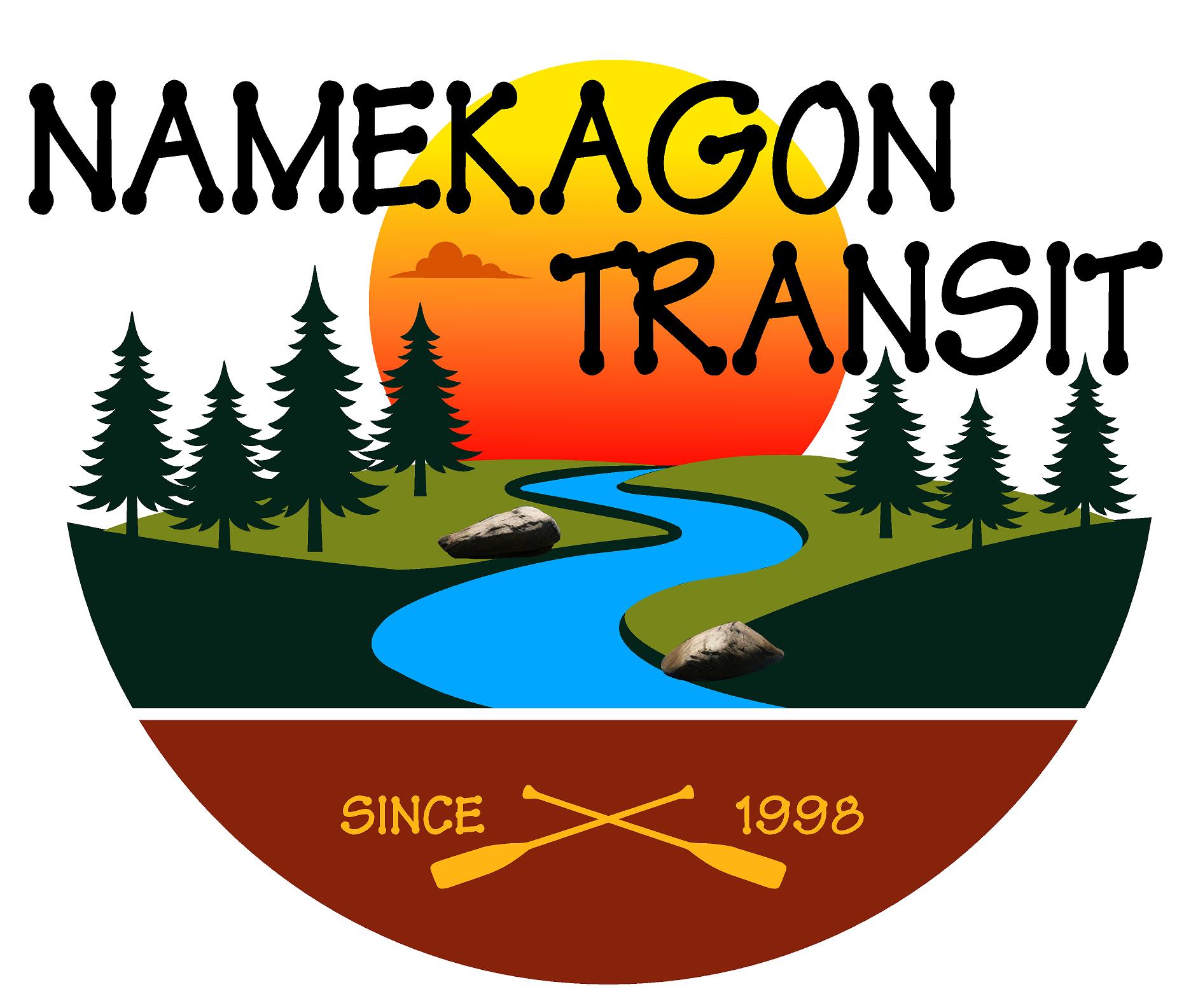
Serving Sawyer, Barron, Washburn, Southern Bayfield Counties and the Lac Courte Oreilles Reservation.

Sawyer County On-Demand Bus Service (Door Stop)

We offer door stop services in Sawyer County. We also have a deviated fixed route. CLICK HERE to see if where you are going is already
on our normal route. If you are in our On-Demand Door Stop Service area,
we can pick you up right at your door.
Please call 715-634-6633 option 1 by 1:00 PM the previous day to schedule a ride!
Deviated Fixed Routes

Deviated Fixed Routes operate Monday through Friday. Please see the schedules below for our designated stops along our regular Deviated Fixed Routes. Flag Stops can be made along the routes provided there is a safe location for the bus to stop. For stop deviations, or stops that deviate up to 3/4 mile from designated bus stops, please call dispatch at (715) 634-6333 to make reservations.



Barron County On-Demand Bus Service (Door Stop)
Namekagon Transit provides service in Barron County Monday through Thursday.
Please call 715-634-6633 by 1:00 PM the previous day to schedule a ride.

Washburn County On-Demand Bus Service (Door Stop)

Namekagon Transit provides service in Washburn County Monday through Thursday. Please call 715-634-6633 by 1:00 PM the previous day to schedule a ride!
Bayfield County On-Demand Bus Service (Door Stop)

This route runs every Tuesday.
For reservations or cancellations please call Namekagon Transit’s Dispatch Office at:
(715) 634-6633 option 1
or
(866) 295-9599 option 1






